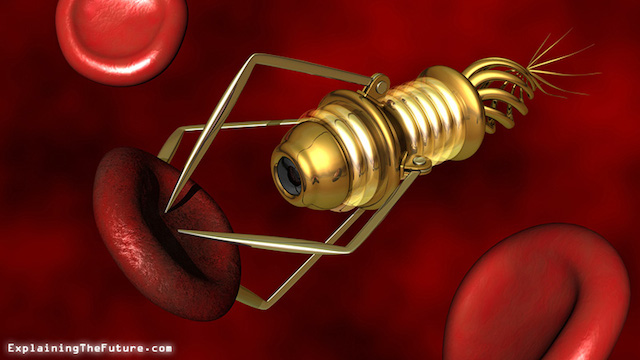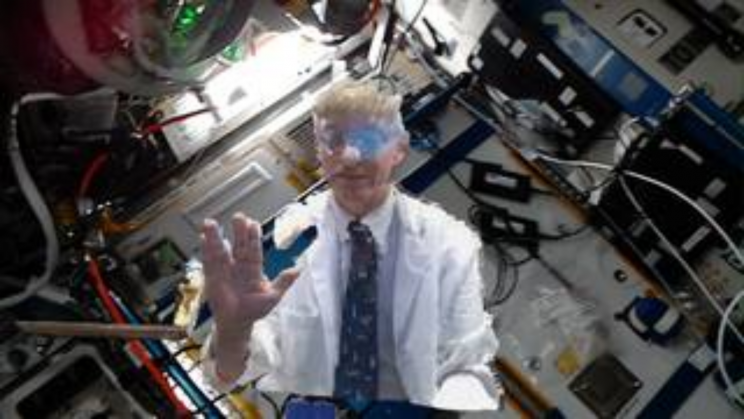Nanobots performing a number of functions inside the body, targeted drug delivery like a smart missile, and nanochips implanted in the body sending feedback to a computer may all sound like science fiction, but the fact is that all of this is possible thanks to nanotechnology in medicine.
Nanomedicine, or the use of nanotechnology in medicine, offers some exciting possibilities. It could revolutionize the way we detect and treat diseases in human body.
Some techniques are already in use while others are at various stages of testing, making remarkable progress toward becoming a reality.
Here are some interesting ways that nanotechnology is helping revolutionize medicine:
Nanobots: These microscopic robots have great potential for medical uses. They are so tiny that a teaspoon can hold billions of them. But when injected, these tiny robots could work like an army of nano surgeons and perform a number of functions inside the most delicate areas of a human body – the heart and brain.
Nanomedicine: Nanotechnology in medicine is also being developed for delivering chemotherapy drugs to specific types of cells such as cancer cells. Chemotherapy for treatment of cancer cells is effective, but the treatment affects the whole body. Nanomedicine helps deliver drugs only to the diseased cells.
Gene therapy: Nanotechnology can even help redesign the genome to alter a number of conditions and diseases. In the future, nanobots could swap abnormal genes with normal genes.
Imaging: Nanotechnology can actually provide advancements in medical imaging. Nanodevices can allow a very specific and intimate peek into the body, which will lead to better diagnosis of diseases.
Sensory feedback: Nanotechnology can increase the sensory feedback for those who have lost feeling in their body.
Limb control: Prosthetics continue to advance, and nanotechnology is helping build the next generation of bionic limbs to totally revolutionize the way amputees live.









